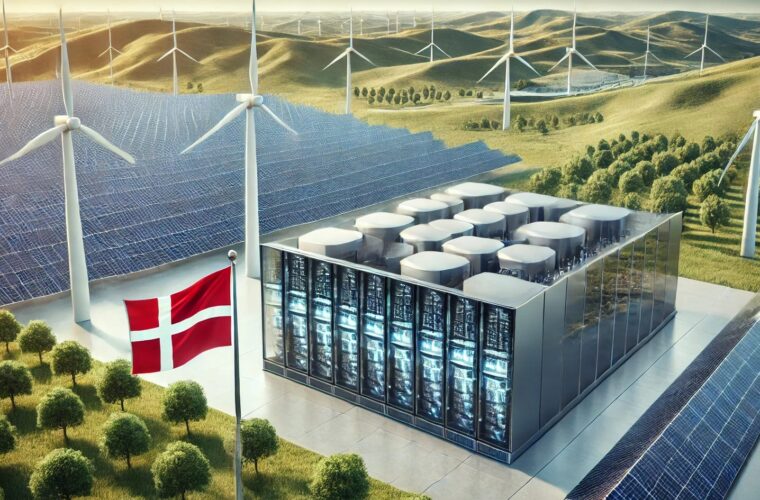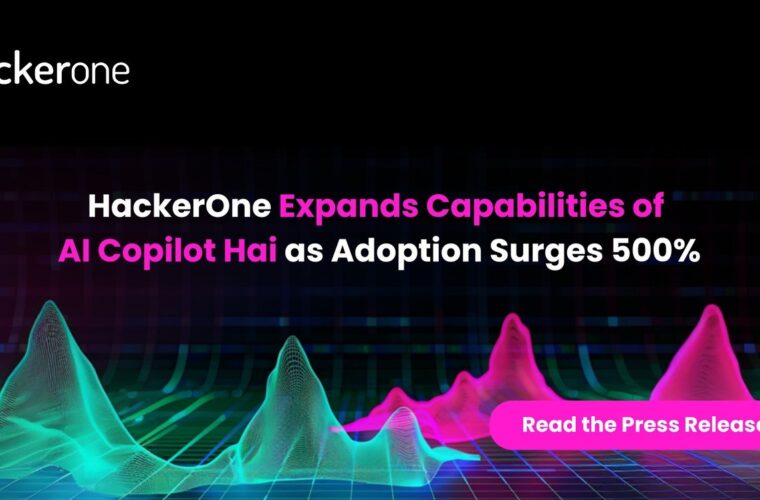In recent times, many Bitcoin mining companies have turned toward artificial intelligence. This phenomenon is due to several reasons that are driving these companies to diversify their businesses and adopt AI as a new direction. First, the Bitcoin mining industry has become increasingly competitive, increasing the difficulty and costs of mining new coins. As a result, many mining companies are looking to leverage their computing resources for other profitable applications, such as data processing and machine learning offered by AI.
In addition, AI offers opportunities to improve operational efficiency and reduce the cost of mining operations. Using machine learning algorithms and models can optimize mining processes, improve energy management, and increase the processing speed of cryptographic calculations required for Bitcoin mining. With bitcoin miners operating in both industries, an enormous amount of energy is being used. Data centres use 10 to 50 times the energy of a typical commercial office building, the U.S. Department of Energy says. A recent Goldman Sachs report predicted that data centres will use 8% of total U.S. power by 2030, up from 3% in 2022. This level of electricity growth “hasn’t been seen in a generation,” the report read.
Bitcoin mining and energy issues
Since the beginning of June, the market value of 14 major Bitcoin mining companies has increased by 22 per cent, or $4 billion, according to a June 24 report by J.P. Morgan. Increased energy demand for generative AI models like ChatGPT has led to a spasmodic search for low-cost power sources and space to house large data centres. Many of these centres, originally intended for Bitcoin mining, are now also used for AI. For example, Core Scientific announced that it would host more than 200 megawatts of GPUs for the AI startup CoreWeave. Others, such as Hut 8, have received substantial investments to develop AI infrastructure.

However, this transition has significant energy and climate implications. Data centres use up to 50 times the energy of a standard commercial building and are expected to use 8 per cent of total U.S. energy by 2030, up from 3 per cent in 2022. Many new data centres are powered by fossil fuels, raising concerns among climate activists about increased carbon emissions and the impact on the power grid and electricity costs.
Energy, dedicated AI data centres will require 90 trillion watt-hours by 2026
According to the International Energy Agency, data centres dedicated to AI will require 90 trillion watt-hours of electricity globally by 2026, more than ten times the energy used in 2022. Many experts point to the need for more attention to the climate costs of AI, which until now have taken a back seat to other concerns such as copyright infringement and job losses. Some major technology companies are trying to reduce their environmental impact by using renewable energy sources and developing more energy-efficient chips.
After a profitable period in 2023 and early 2024, Bitcoin miners face a new challenge: the halving, a technical update that cut their rewards in half. Hoping for a price surge like in past cycles, miners are now squeezed by stagnant Bitcoin prices and exploring diversification, with AI training a potential new revenue stream. However, regulations limiting energy and water use or carbon emissions from data centres are still scarce, especially in Asia. The industry should focus on smaller, more efficient AI models that do not require cloud-based computation and reduce overall energy consumption.



